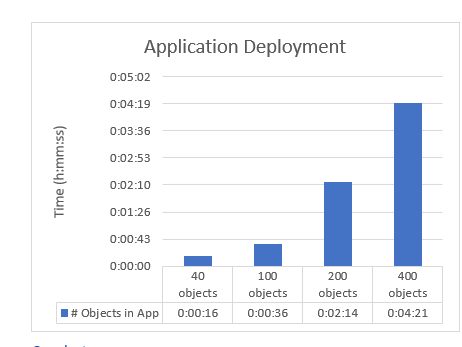Data Engineering Integration
- Data Engineering Integration H2L
- All Products

Chipset
| Intel® Xeon® CPU E5-2680 v3 @ 2.50GHz
|
Cores
| 48 cores
|
Memory
| 132 GB
|
Operating system
| Red Hat Enterprise Linux 7.6
|
